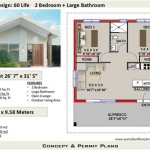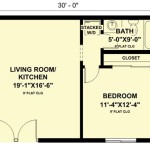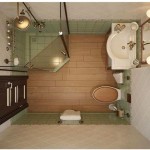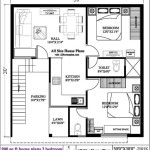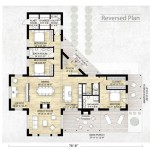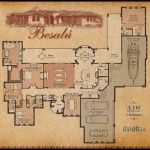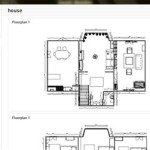Make Your Own Building Plans
Creating your own building plans can be a rewarding and fulfilling experience. Whether you're a seasoned professional or a first-time homebuilder, the ability to design and construct your own home can save you money and give you complete control over the outcome. Here's a comprehensive guide to help you create your own building plans:
1. Gather Information
Before you begin designing your plans, it's essential to gather information about your project. This includes:
- The size and shape of your building lot
- The desired size and layout of your home li>Local building codes and zoning regulations
- Your budget
2. Sketch Out Your Design
Once you have gathered all the necessary information, start by sketching out your design. This doesn't need to be a detailed drawing; just a rough outline of the rooms you want and their approximate size. Use graph paper to help you maintain scale.
3. Create a Floor Plan
Once you have a basic sketch, it's time to create a more detailed floor plan. This will include the dimensions of each room, the location of doors and windows, and the placement of appliances and fixtures. Use a ruler or drafting software to create a precise drawing.
4. Develop Elevations
Elevations are drawings that show the exterior walls of your home from different sides. They'll include the height and slope of the roof, the location of windows and doors, and any other exterior features, such as porches or decks.
5. Design the Foundation
The foundation is the base of your home and is essential for its stability and durability. It's important to design a foundation that's appropriate for your soil conditions and the weight of your home. Consult with a structural engineer if you're not sure how to design a foundation.
6. Detail the Roof
The roof is another important part of your home. It's responsible for protecting your home from the elements and can also add to its overall aesthetic appeal. Common roof types include gable roofs, hip roofs, and flat roofs. Consider factors such as weather conditions and your design preferences when selecting a roof type.
7. Create a Cross-Section
A cross-section is a drawing that shows the interior of your home from one side to the other. It'll include the height of each floor, the location of stairs, and the thickness of the walls and roof. This drawing helps ensure that all the parts of your home fit together properly.
8. Obtain Permits and Approvals
Once you've completed your plans, you'll need to obtain permits from your local building department. This process may involve submitting your plans for review and approval. Approval times vary depending on the complexity of your project and the efficiency of your local building department.
Creating your own building plans can be a complex but rewarding task. By following these steps and consulting with professionals when necessary, you can design a home that meets your exact needs and specifications.
Make Your Own Floor Plans

Design Your Own Home House Designing Homes

Floor Plans Solution Conceptdraw Com

Floor Plans Learn How To Design And Plan

Draw Floor Plans With The Roomsketcher App

House Plans How To Design Your Home Plan

Where You Can Buy House Plans Live Home 3d

Draw Floor Plans With The Roomsketcher App

Floor Plan Creator Planner 5d

Floor Plans Learn How To Design And Plan


